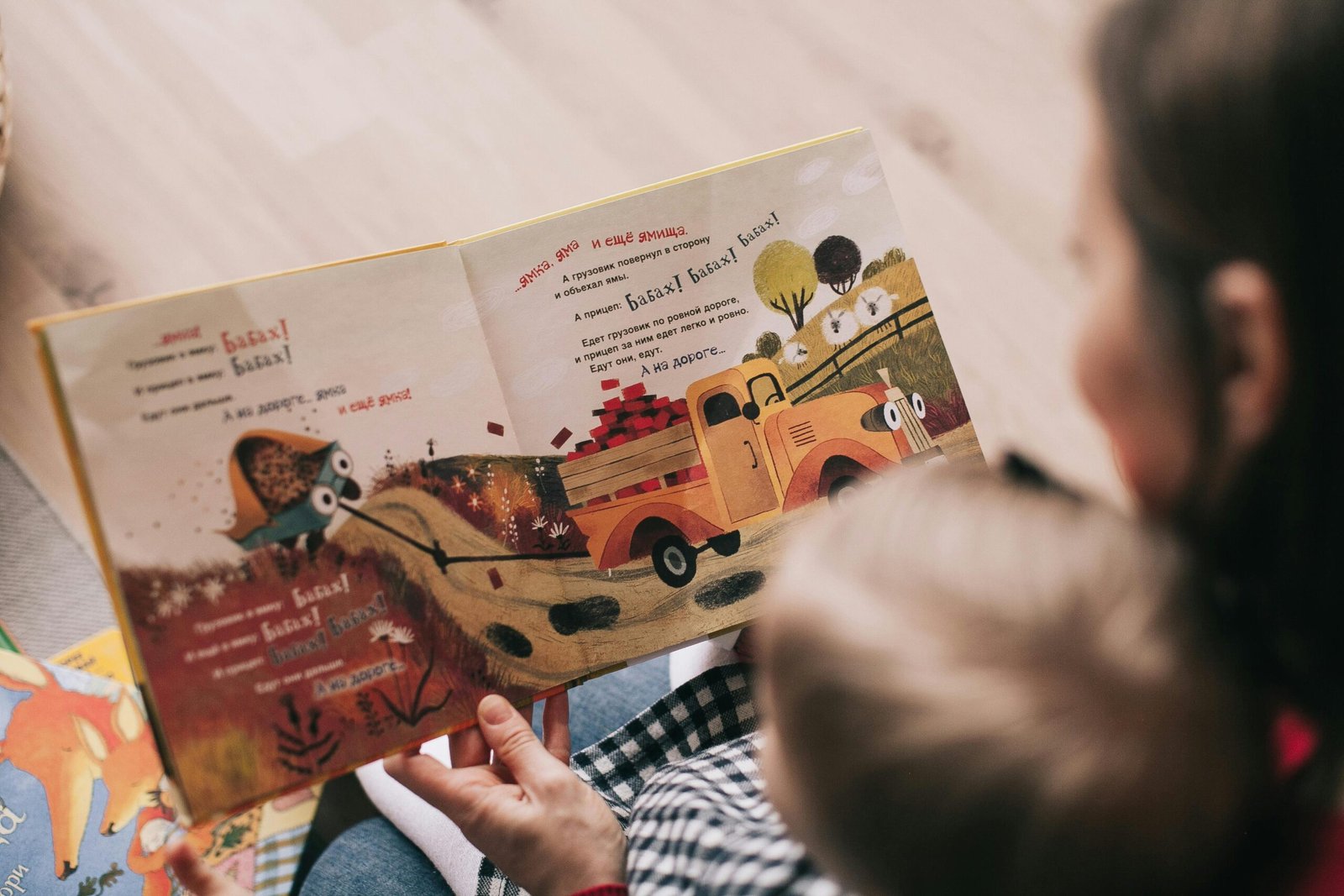Introduction: People Buy From People They Trust
Marketing today is more than ads and algorithms – it’s about connection. And nothing connects like a story.
Think about your favorite local business. You probably know more than just what they sell – you know why they started, what they care about, or who they’re trying to help. That’s the power of brand storytelling.
For small businesses, storytelling isn’t fluff – it’s a strategic way to:
- Build trust
- Differentiate from competitors
- Show customers why you’re the right choice
In this post, we’ll walk through how to craft your story, where to use it, and how to use tools like ChatGPT to make it easier (even if writing isn’t your thing).
What Is Brand Storytelling (and Why It Matters for Small Businesses)
Brand storytelling is the art of sharing the who, what, and why behind your business in a way that’s meaningful to your audience. It’s not about spinning a fictional tale – it’s about communicating your real journey, values, and purpose in a way that resonates.
Why it works:
- People remember stories more than stats or slogans
- Stories create emotional connections that drive loyalty
- It helps you feel more confident and authentic in your marketing
If your business feels like “just another [insert industry here],” telling your story is how you stop blending in.
Want to build a stronger brand from the ground up? Check out our guide to small business branding.
The Core Elements of a Great Brand Story
Your story doesn’t have to be long – but it should hit a few key beats:
- Origin – Why did you start this business? What problem were you trying to solve?
- Values – What matters to you? What do you stand for?
- Mission – Who are you here to serve?
- Challenges – What obstacles have you overcome?
- Transformation – How do you help your customers win?
A good story isn’t all about you. It’s about showing your customer that you understand their problem and have the heart + expertise to solve it.
Want to understand the science behind why storytelling works so well? This guide from StoryChief breaks it down with simple examples and practical advice.
Want a powerful way to start? Craft your unique value proposition first – it lays the foundation for the rest of your messaging.
How to Write Your Story (Even If You’re Not a Writer)
Here’s a simple structure you can follow:
- Start with your why.
Why did you launch your business? What moment made you say, “I need to do this”?
- Talk about your customer.
What problems do they face? How do you help solve them?
- Explain how you’re different.
What makes your approach unique? What do customers love most about working with you?
- Paint the future.
Describe how your customers’ lives or businesses improve after working with you.
Example:
“I started my landscaping business after helping my neighbor transform her overgrown yard into a beautiful, low-maintenance space. She was overwhelmed as a single mom, and seeing how much it changed her life stuck with me. Now, we specialize in helping busy homeowners create spaces they love – without the stress.”
Let ChatGPT Help You Tell Your Story
Don’t know where to start? Use AI.
Here’s a ChatGPT prompt that makes writing your story 10x easier:
“Write a 150-word brand story for a locally owned junk removal company that helps homeowners clear clutter quickly and responsibly. The business is family-owned, offers same-day service, and donates usable items to local charities.”
This is exactly the kind of prompt we create for clients to help them clarify their message. And yes, tools like ChatGPT make it way easier, even if you’re not a writer.
Where to Use Your Story
Once you’ve written your brand story, don’t just bury it on your About page. Use it everywhere:
- Your homepage
- About page
- Social media bios and captions
- Google Business Profile posts
- Proposals or pitches
- Email campaigns
- Blog intros
Common Storytelling Mistakes (and How to Avoid Them)
Avoid these pitfalls when writing or sharing your story:
- Making it all about you (your customer should be the hero)
- Sounding too generic (“we’re the best” doesn’t cut it)
- Copying competitors instead of being authentic
- Leaving it static – your story can evolve as your business grows
Another mistake? Skipping storytelling altogether. It’s one of the most common marketing mistakes small businesses make.
Final Thoughts: Your Story Is Your Secret Weapon
Every small business has a story – but not every business tells it.
Your brand story is how you stand out in a sea of sameness. It’s how you build connection, loyalty, and trust. And it’s one of the most human tools in your marketing toolbox.
Whether you write it yourself, use ChatGPT, or partner with a team like ours, don’t skip this step. Because your story might just be the thing that makes someone choose you.
Need help crafting your story? Contact us today for a free audit or custom content package.

